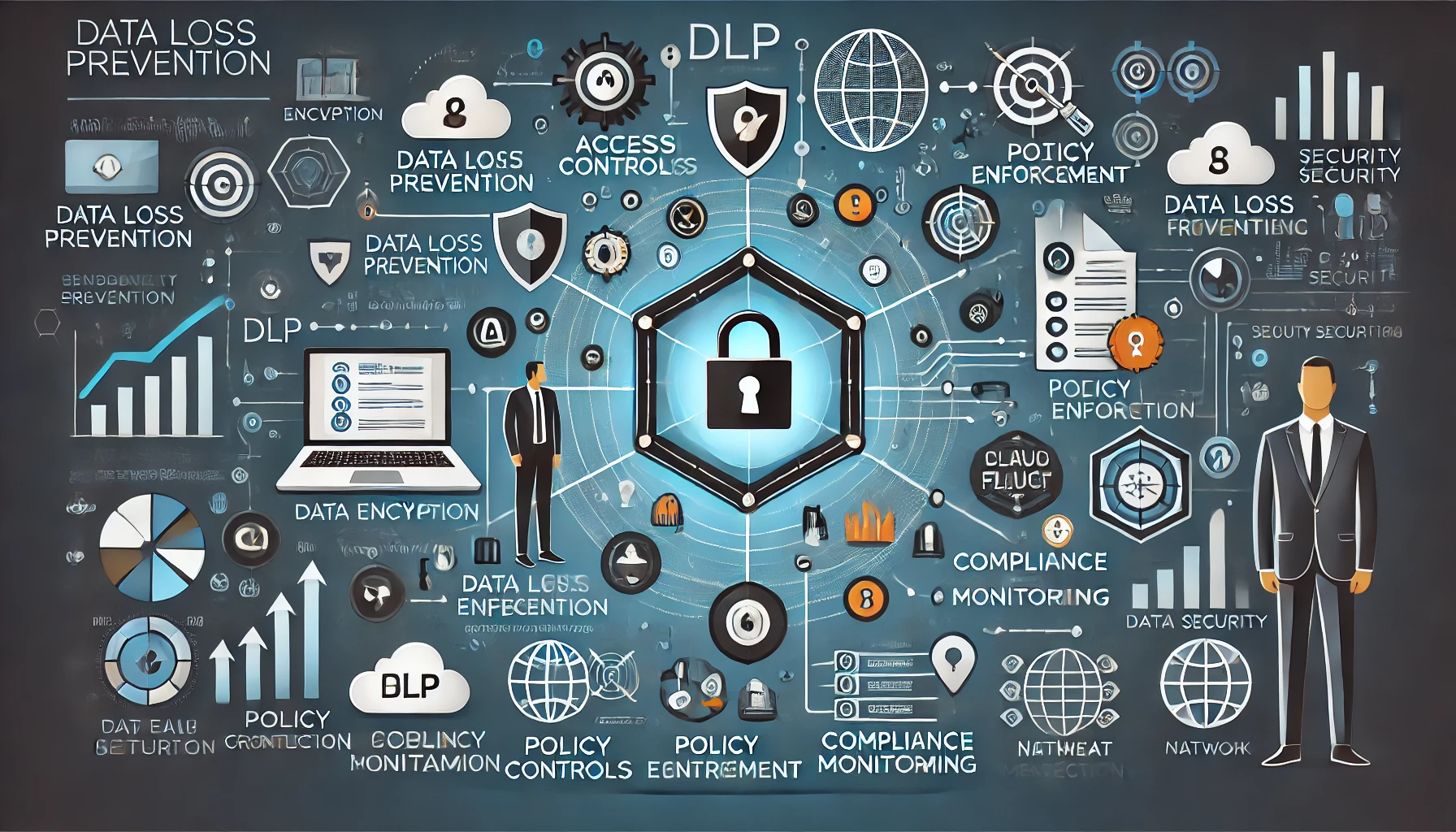Network segmentation involves dividing a network into smaller, isolated subnetworks, each with its own security controls and policies. This segmentation can be physical, using hardware devices like routers and firewalls, or logical, using software-defined networking (SDN) techniques. Types of Network Segmentation Physical Segmentation Logical Segmentation Micro-Segmentation Identity-Based Segmentation How to Implement Effective Network Segmentation Define Objectives and Scope Begin by identifying the purpose of segmentation in your network. Common goals include protecting sensitive data, preventing lateral movement of threats, and meeting compliance requirements. Conduct a thorough risk assessment to prioritize…
Read MoreCategory: Cybersecurity Best Practices
The Rise of Hacking Contests: Shaping the Future of Cybersecurity
Cybersecurity has become a top priority for organizations and governments. Amid this growing demand, hacking contests, often referred to as “ethical hacking challenges,” have emerged as a powerful tool for honing cybersecurity skills, identifying vulnerabilities, and fostering innovation. From Capture the Flag (CTF) competitions to bug bounty programs, these events provide a platform for ethical hackers to demonstrate their skills while contributing to a safer digital ecosystem. The Evolution of Hacking Contests Hacking contests date back to the early days of the internet when security enthusiasts gathered to showcase their…
Read MoreBuilding a Robust Data Loss Prevention (DLP) Program: A Technical Implementation Guide
As organizations face growing threats to data security, implementing a strong Data Loss Prevention (DLP) program has become a necessity. DLP aims to protect sensitive data from unauthorized access, accidental leaks, and malicious threats. However, the successful implementation of a DLP program requires more than just technology—it demands a well-structured strategy, involving people, processes, and tools. Key Steps to Implementing a Successful DLP Program Defining the Scope and Identifying Critical Data Establishing Governance and Awareness Designing the DLP Architecture Addressing Dependencies and Enhancing Security Deploying and Continuously Improving the Program…
Read MoreTop 5 Malware Threats to Watch for in 2025
As cyberattacks continue to evolve, 2024 was marked by high-profile breaches involving major corporations like Dell and TicketMaster. With 2025 expected to bring even more sophisticated threats, organizations must prepare for emerging malware attacks. Here’s a breakdown of five significant malware families to be aware of and how to proactively defend against them. Lumma: The Data Thief Overview Lumma is an information-stealing malware active since 2022, often sold on the Dark Web. It specializes in exfiltrating sensitive data, including login credentials, financial records, and personal details. The malware is frequently…
Read MoreFortinet Confirms Authenticity of Leaked Configuration Files Stolen in 2022
Cybersecurity firm Fortinet has confirmed that configuration files recently leaked by the hacker group known as Belsen are authentic. However, the company emphasizes that these files were stolen during a zero-day attack in 2022, not as part of a new security breach. Company’s Position Background of the Incident In October 2022, Fortinet identified a critical vulnerability, designated as CVE-2022-40684, which allowed unauthorized access to FortiOS, FortiProxy, and FortiSwitchManager products. The company promptly released patches and advisories to address the issue. Despite these efforts, the Belsen group recently resurfaced the stolen…
Read MoreMicrosoft to End Support for Office Apps on Windows 10 in October 2025
Microsoft has announced that it will end support for Office applications on Windows 10 on October 14, 2025, coinciding with the operating system’s end-of-life date. This decision aligns with Microsoft’s push to transition users to Windows 11, which offers enhanced security and performance capabilities. Key Implications of the Decision Market Statistics and Challenges Currently, 62% of computers are still running Windows 10, with less than 35% adoption of Windows 11. A major barrier to migration is the TPM 2.0 hardware requirement, which many older devices do not support.To accommodate users…
Read MoreWhy BI Is a Game-Changer for Cybersecurity
Incorporating BI into cybersecurity strategies doesn’t just enhance defenses—it revolutionizes them. Here’s why this integration is critical: Real-World Applications of BI in Cybersecurity 1. Threat Prediction and Anomaly Detection Vendors like Splunk and LogRhythm offer BI-driven platforms capable of real-time anomaly detection. For example, Splunk’s Security Information and Event Management (SIEM) tool uses machine learning to analyze user behavior and detect irregularities, such as unusual login locations or spikes in data transfers. Case Study: A global bank using LogRhythm identified and prevented a sophisticated phishing attack targeting its executive team.…
Read MoreUK Proposes Ban on Ransom Payments in Public Sector to Combat Cybercrime
The UK government has unveiled a bold proposal to combat ransomware attacks, aiming to strengthen the nation’s cybersecurity defenses and reduce the financial incentives for cybercriminals. The initiative specifically targets public sector organizations, such as hospitals and schools, prohibiting them from paying ransoms to attackers. This measure is part of a broader strategy to mitigate the impact of ransomware and bolster national resilience against cyber threats. Key Elements of the Proposal The government’s proposed measures include: Why This Matters The urgency of these measures is underscored by the sharp rise…
Read More






